Here’s one I was really looking forward to — the Marrakesh Food and Wine pairing! This was the most expensive event we signed up for, at around ~$60 per person.
Marrakesh Tables and Pink? Lighting
There were about 30 people there for the event, and we were seated in an upper corner of the restaurant at about four large tables. Each place setting had a wine-tasting placemat printed with the names of the three wines we would be trying: Les Trois Domaines, Guerrouane Rouge, from Meknes, Morocco; Now & Zen, Alsace White, Alsace, France; and Chateau Trois Moulins, Haut-Medoc, Bordeaux, France.
Trio of Wines for Tasting
Once we were all seated, the event began with the Marrakesh chef introducing us to the restaurant, which was fully decorated with top-to-bottom mosaic art by the Moroccan King’s own artisans (as was the Morocco pavilion itself). It’s truly a stunning location for a meal.
The chef has been at the restaurant since its opening, and touched on a few of the differences between the American and Morrocan cultures and foods. He then announced the wine expert and presenter for the afternoon, who proceeded to lead us through the tasting.
Marrakesh Food and Wine Pairing Cast Members and Moderators
Most of the afternoon was about the wines — their origins, geography, and taste profiles. The food, mostly in tapas-sized portions, was largely not discussed. I wasn’t expecting this, and really was quite disappointed that we weren’t talking about the food flavors, preparations, and choices very much. So although I was very interested in hearing about the wine choices, this was a “con” of the afternoon for me.
The Wines
Our first wine, Guerrouane Rouge les Trois Domaines, paired with a delicious, spicy lamb sausage, was from the Guerrouane growing region of Morocco and resembles a Rhone style blend. The primary grapes in this blend are Cinsault, Grenache, and Carignan.
And this wine carries with it a fascinating fact: while the first two grapes are fermented traditionally, the Carignan grapes are fermented through something called “carbonic maceration” fermentation. If you’re a wine gourmet, you’ll probably know what that means, but I was utterly impressed! Carbonic maceration means that fermentation takes place within the grape, and actually makes the grape explode! The result is a light, fruity wine, and the process can increase the alcohol level of the grape’s fermented juice.
This wine’s fruity aromas paired well with the spicy sausage; it was probably my favorite pairing of the day.
Lamb Sausage with Lamb Stock and Tomato Sauce
Our second wine, the Alsatian Now & Zen, is made from a blend of Sylvaner, Pinot Blanc, Riesling, and Gewurztraminer grapes, and hails from the long-contested segment of sometimes-France sometimes-Germany, Alsace, located between the Vosges mountains and the Rhine River. The cool climate of this area means the grapes ripen slowly, and, according to our wine moderator, this gave the the wine a wider array of aromas, including citrus and spice (coriander, nutmeg, cumin).
This was the only white that we tried (therefore, it was my favorite wine of the afternoon — I’m a white wine fan), and it was paired with Marrakesh’s delicious lemon chicken and couscous. The dryness of the wine paired nicely with the sweet and tangy lemon flavors of the dish. Overall, this was a more mellow pairing than the first.
Lemon Chicken and Couscous
Our final wine, Chateau Trois Moulins of the Haut-Medoc appellation of Bordeaux, is a Cru Bourgeois wine, which essentially means that it’s not classed as highly as some “bigger name” wines, but it is very highly regarded nonetheless. (This is the case for most Haut-Medoc wines, as I understand.) Made mostly from Merlot grapes, with some Cabernet and Petit Verdot as well, this wine has a deep color and flavor, with aromas of dark red fruits and deep tastes, like cassis, blackberry, cigar, and chocolate.
This wine was paired with the darkest meat we were served — a beef shish kabob, which included roasted mushroom. I think the pairing would have gone much more smoothly had the meat not been so badly overdone. The wine alone, though heavy, was tasty.
Shish Kabob with Mushroom
Tips on Wine Pairings
We were able to ask questions throughout the pairing, and we received a couple of great “pointers” for pairing food and wine:
- Make decisions based on body and weight, not on colors, necessarily. Full-bodied and heavy foods and sauces pair well with full-bodied and heavy wines. Wines that feel lighter in your mouth will pair better with lighter foods/proteins. Wines that have deeper, heavier flavors will pair better with heavier foods/proteins.
- Wines that are higher in acidity will turn up the flavors of other foods. For example, Chianti can be used, essentially, as a condiment to peak the flavors of the foods with which it’s paired.
Hopefully those are helpful to some of you. As I’m a wine novice, I found it extremely useful!
But Was it Worth the Money?
Now, a lot of folks have asked me if the more expensive events at the Food and Wine Festival are “worth it,” and while I can’t speak for every event, I’m not sure I’d do the Marrakesh food and wine pairing again. The food was consistently overdone, the portions were small for the price, and I didn’t find that it was a good representation of the dining opportunities available at the restaurant. Unless you’re a true wine-lover, consider spending the money to have a meal in the restaurant instead.
That’s just my two cents though, folks! I look forward to hearing about your positive AND negative experiences at Food and Wine Festival events.

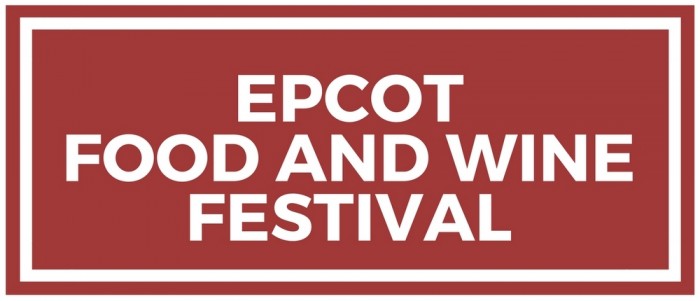
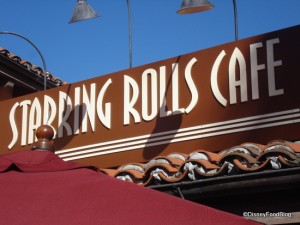
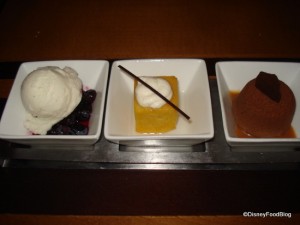

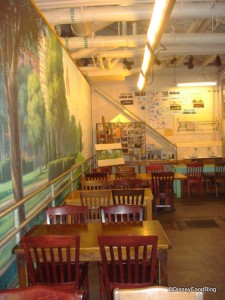

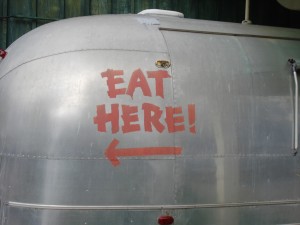
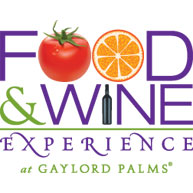
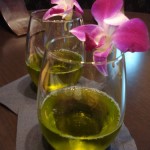
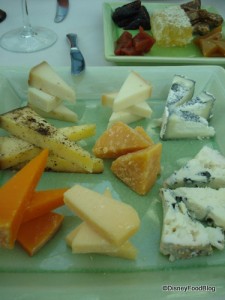
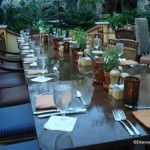
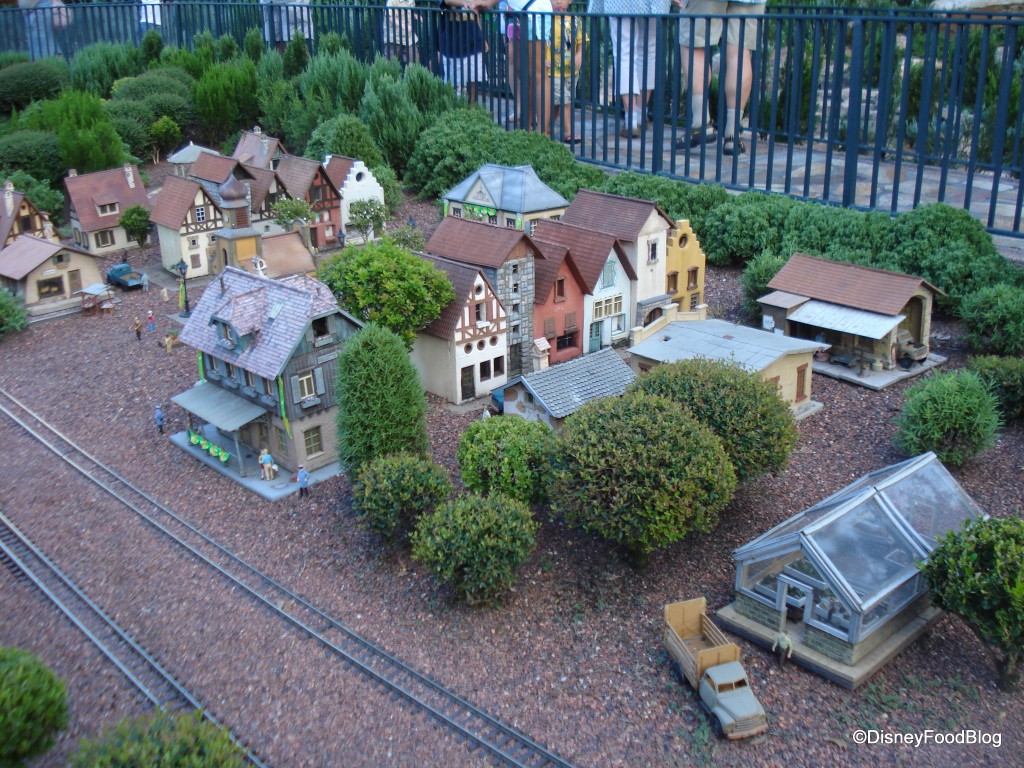
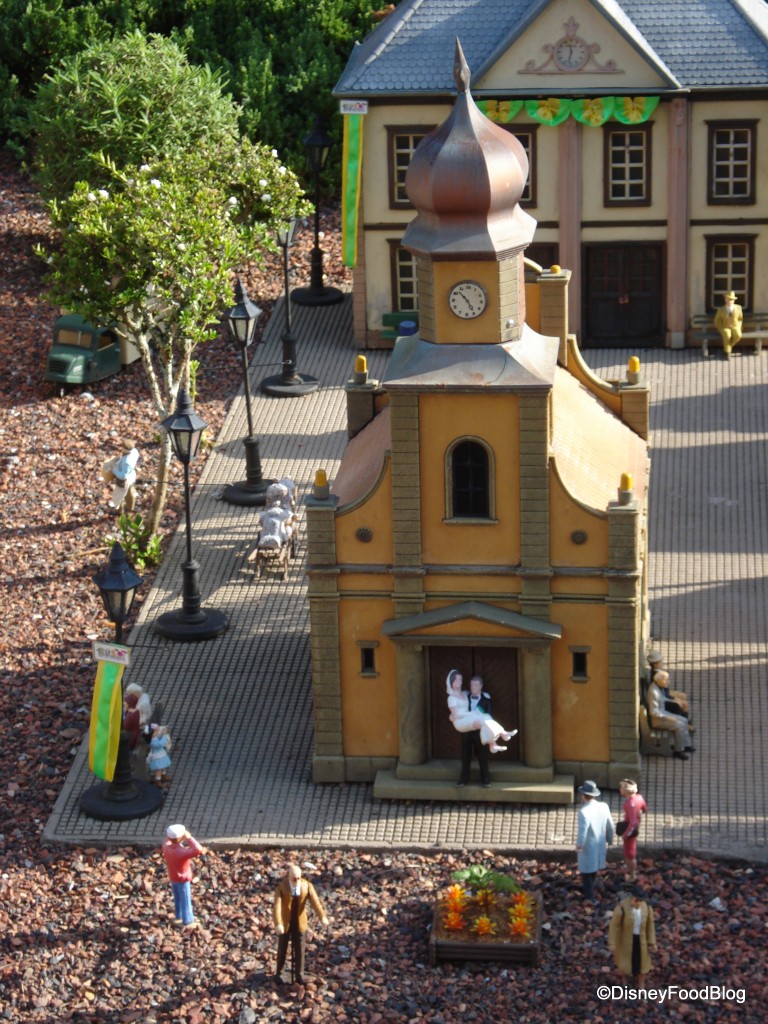
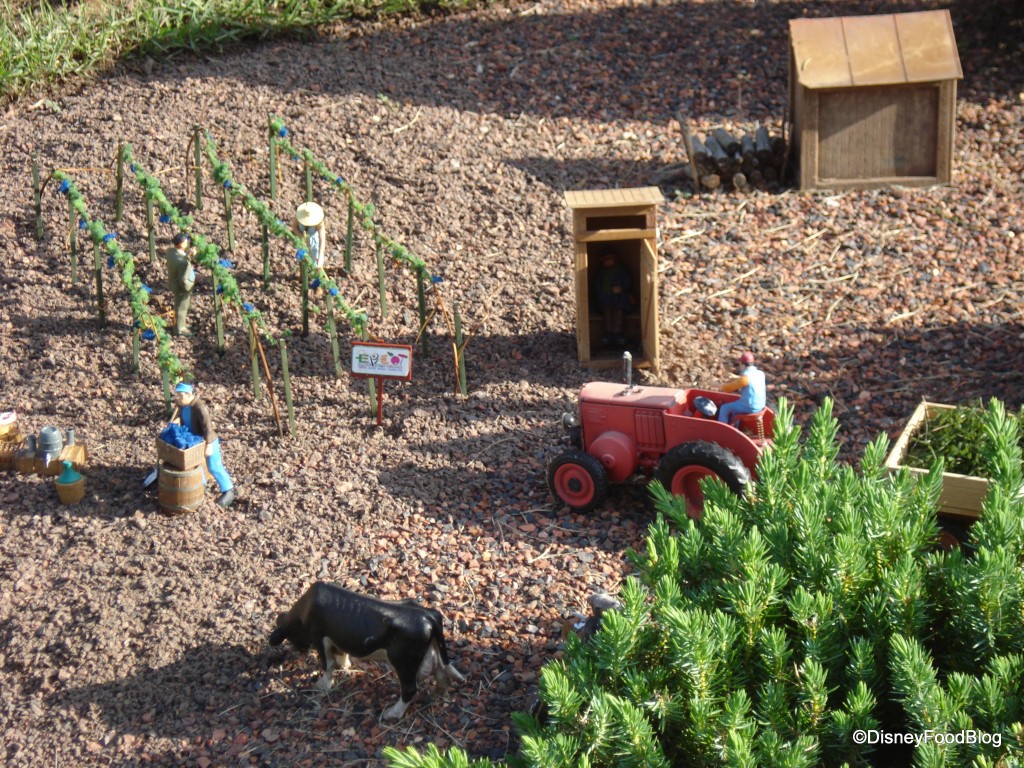
 Our handy (and portable!) ebook guides make sure you get the best deals and can plan a vacation of a lifetime.
Our handy (and portable!) ebook guides make sure you get the best deals and can plan a vacation of a lifetime.
